Iranians are voting in a snap presidential election on June 28, following the sudden death of President Ebrahim Raisi in a helicopter crash in May. This situation is not unprecedented for the Iranian regime, which has faced similar scenarios. In 1981, Iran’s first president following the Islamic Revolution Abolhassan Banisadr, was removed from office by the Islamic Consultative Assembly for political incompetence. Later that year, his successor, President Mohammad-Ali Rajai, was killed in a suitcase bombing. Thus, the current political and constitutional vacuum is not new to Iran. This pattern of instability has occurred twice before during significant periods of political upheaval.
Ebrahim Raisi was one of the few figures who enjoyed the trust of the security establishment and the regime's cleric guards. He was expected to oversee the rise of a new supreme leader after the death of Ali Khamenei or perhaps become the supreme leader himself. Therefore, Raisi's death poses a significant challenge to the mullahs' regime, especially given the internal and external challenges that Iran has faced recently.
On the other hand, Iran’s Supreme Leader Ali Khamenei paved the way for the presidential elections by selecting only six candidates who passed the examination conducted by the Guardian Council. This council, comprising 12 clerics appointed by the Supreme Leader, nominated by the judiciary chief, and approved by parliament, filtered the candidates based on loose criteria that it interprets and explains. Out of 80 candidates who applied for the position, only these six were allowed to run, with the Guardian Council having the final say in choosing or excluding candidates.
For instance, while the Iranian Constitution does not explicitly bar women from running for president, the Guardian Council effectively prevents them from doing so. Despite four women registering candidacies in the current and past 13 presidential elections, none have been approved.
Article 115 of Iran’s Constitution requires the president to be “a politician and cleric of Iranian origin, an Iranian citizen, a director and a wise man, who enjoys a good reputation, honesty, and piety, and believes in the foundations of the Islamic Republic of Iran and the official religion of the country.” Additionally, criteria related to administrative capabilities are considered. Beyond these criteria, it is widely believed that Khamenei favours a loyal and conservative president who aligns with his views and adheres to the principles of the regime, including obedience to the Supreme Leader.
Therefore, this analysis aims to clarify the significance of these elections, the management process, and the priorities that voters and the regime seek in the next president.
Why is this Election Significant?
The elections occur amid significant internal and external challenges. Internally, Iran faces an economy plagued by high inflation and unemployment rates exacerbated by unprecedented protests in 2022, sparked by controversial practices of the Morality Police (Guidance Patrol) enforcing mandatory hijab. Externally, war with Israel has escalated to unprecedented levels, coinciding with a regional foreign policy shift centred on Tehran’s evolving stance. Concurrently, there are Israeli threats of a major offensive against Hezbollah, Iran’s key regional ally. These challenges unfold against a backdrop of ongoing diplomatic strains and international scrutiny surrounding Iran’s nuclear programme and the conflict in Gaza. Moreover, Iran must navigate crucial issues such as managing relations with neighbouring Azerbaijan and advancing its outreach to Gulf states, necessitating a cohesive “comprehensive vision.”
For the Iranian regime, this event is an opportunity to showcase its capability in managing a significant, unforeseen disaster. This means the regime is unlikely to entertain any factors that could disrupt its stability or complicate the political landscape, especially amid internal protests and escalating tensions with the United States and Israel.
These elections also present an opportunity for the government to “course-correct,” aiming to mend its relationship with a significant portion of the Iranian populace, enhance its image, and achieve a balanced voter turnout. The previous presidential elections 2021 saw the lowest turnout ever, with only 48% of eligible voters participating.
Hence, the regime must demonstrate credibility to regain Iranians’ trust in the political process. This entails allowing diverse political affiliations to participate without interference, particularly as reformists threaten to boycott the elections if their candidates are barred. Alternatively, maintaining the status quo with loyalists in power may secure stability but risks lower voter turnout and increased internal tensions.
The significance of these elections lies in the next president’s role in potentially selecting a successor to the 85-year-old Khamenei, who faces health issues. Therefore, the regime aims to ensure that candidates aligning with his hardline views dominate the presidential race.
How Are Presidential Elections Conducted in Iran?
When it comes to elections, substantial authority rests with a select group of clerics and jurists known as the Guardian Council. This council exerts significant control over the electoral process, with the power to disqualify or bar candidates from running for president, parliament, or the Islamic Consultative Assembly . Chapter 7 of the Iranian Constitution outlines the fundamental framework for conducting presidential elections, while Article 114 specifies that “the President of the Republic shall be directly elected through direct ballot for a term of four years and may not serve more than two consecutive terms.”
A candidate for the Iranian presidency undergoes five primary stages: the submission of official documents, followed by the certification of eligibility by the Guardian Council, ensuring alignment with the principles of the Islamic Republic—which often translates to loyalty to the Supreme Leader and his vision. Subsequently, candidates proceed to campaign and must secure at least 50% plus one of the votes to win outright in the first round. In the event of no clear winner, a runoff is held a week later between the top two candidates, a process introduced during the 2005 elections marked by intense competition between Rafsanjani and Ahmadinejad. Finally, the elected president’s decree is sanctioned by the Supreme Leader, leading to their inauguration and the taking of the constitutional oath at the Parliament.
Eighty candidates initially applied for the presidency, but the Guardian Council has only approved six, including one reformist, Masoud Pezeshkian, who was selected partly due to perceptions that he has little chance of winning. Unlike Hassan Rouhani, who benefited from the backing of former President Ali Akbar Hashemi Rafsanjani in the past, Pezeshkian lacks such influential support. If elected, those in power would likely view him as non-threatening . Given the imperative to eventually replace the 85-year-old and ailing Supreme Leader Ali Khamenei, the regime is focused on ensuring stability and continuity at this crucial juncture. Khamenei and his allies perceive this as a pivotal moment for maintaining security and coherence within Iran.
Priorities of the Iranian Voter
Media propaganda may suggest that Iranians are engaged in the election campaigns of presidential candidates. However, the reality is that many citizens in Iran are increasingly disinterested in the significant political issues facing the country. Economic worries, living conditions, social problems, and a pervasive distrust of politicians and officials have taken precedence in their concerns. The primary issues occupying the Iranian voter can be summarised as follows:
Economic Demands
Inflation continues to be a significant economic challenge for ordinary Iranians, underscored by Ayatollah Khamenei naming the current Iranian calendar year “the year of controlling inflation,” highlighting its political significance in Iran. As of March 2023, annual average consumer price inflation neared 64%, with inflation rates exceeding 90% for certain food items. The onset of the war in Gaza further exacerbated currency devaluation, impacting the Rial.
Due to rising political and economic uncertainty, Iranians are increasingly moving their savings from rial-based assets to more liquid options like foreign currencies and gold. This shift aims to safeguard the value of their savings against national currency devaluation. However, it has also led to heightened capital outflows and a growing demand for “portfolio savings” in recent years. Consequently, economic policies rank prominently in voters’ priorities, influencing their assessment of the programmes the six presidential candidates presented.
Demands Related to Freedoms
Civil society in Iran actively advocates for expanded social freedoms, including freedom of expression, action, and dress. These demands have sparked widespread protests, most recently following the death of Iranian Kurdish woman Mahsa Amini, who was detained by the morality police over her hijab.
The issue of “compulsory hijab” remains a significant issue in Iran and faces strong opposition from many quarters. A candidate who openly opposes compulsory hijab could garner support from those protesting against the current regime. Among the candidates, the five hardline ones have avoided mainly discussing social and political freedoms in their campaigns and televised debates. In contrast, the reformist candidate Pezeshkian has taken a stance against compulsory hijab, distinguishing himself from the other candidates.
Violence against women has seen a troubling rise in Iran, with the country executing more women than any other nation in 2022. According to a report released on April 22 on the death penalty in Iran, out of the 24 women executed worldwide in 2022, 16 were executed in Iran. It is suspected that the actual number of executions of women in Iran in 2022 is higher. The report also noted that at least 188 women were executed in Iran between 2010 and 2022.
The U.N. has expressed growing concerns over gender inequality in Iran in recent years. Following the Iranian government’s April 15 announcement of a crackdown on violators of the compulsory hijab, the U.N. characterised the enforcement of this law as “gender-based persecution.” Moreover, concerns regarding the treatment of women and girls during recent anti-government protests prompted the U.N. to remove Iran from its Commission on the Status of Women in December. This decision received 29 votes in favour, eight against, and 16 abstentions.
Young people constitute a significant portion of Iran’s electorate and played a crucial role in the recent street protests. More broadly, generation Z and Iran’s youth have been central to the 2022-23 protest movement, with their demands and characteristics shaping the political discourse, including the current election cycle. Reformist candidate Masoud Pezeshkian is actively engaging with these younger voters. In contrast, hardliners, such as presidential candidate Saeed Jalili, dismiss the idea of a generational gap, confidently asserting, “We understand Generation Z’s language, and Generation Z understands our language.”
The Mullahs Priorities
The regime requires an economic figure capable of tackling the country’s economic crisis without attributing them solely to so-called regime enemies, particularly the United States. Despite the Supreme Leader’s promotion of the “resistance economy” concept, emphasising self-sufficiency and economic nationalism through domestic production and enhanced science and research, there is a pressing need for a competent economic leader now more than ever.
Khamenei is wary of prominent political figures who could potentially create movements within the regime, posing a challenge due to their deep understanding of its workings. Consequently, he favours obscure and less charismatic figures, particularly among reformists. He seeks someone capable of rallying his conservative base, boosting morale among hardline youth, and ideologically motivating them to manage street protests and fight on the regime’s various fronts or elsewhere if Iran expands its direct presence.
The regime also aims to legitimise the elections by increasing voter turnout to assert its legitimacy internationally. In a televised address, the Supreme Leader urged voters to participate in the elections, emphasising that high turnout is crucial as it reflects pride for the Islamic Republic.
Challenges Confronting the Regime in Elections
As Iran approaches its controversial elections, the atmosphere is defined by uncertainty and a crisis of legitimacy. The recent parliamentary elections in March, characterised by low turnout, highlight the widening rift between the government and its populace . These challenges can be summarised as follows:
Declining Voter Rates
A recent survey by the Gamaan Institute, titled “Iranians’ Attitudes Towards the 2024 Elections,” was conducted online over three days from June 17 to 19, 2024, with a sample size of 77,216 people. The survey revealed that 65% of respondents intend to boycott the upcoming presidential elections. 22% confirmed their intention to vote, while 12% remained undecided . This pattern mirrors the trends observed in previous presidential elections, as depicted in the following figure.
In the March 2024 parliamentary elections, turnout dropped to 41% due to the reformist movement’s boycott , and former President Mohammad Khatami abstained from voting for the first time. He described Iran as “a long way from holding free and competitive elections.” This decision was prompted by the disqualification of several prominent candidates by the Guardian Council. In both elections, voter turnout remained below 50%. Turnout decreased in the 2020 parliamentary elections when hundreds of moderate candidates were disqualified. Consequently, hardliners secured the majority of seats in a less than 50% turnout. The overall lack of trust in the government further contributes to inefficiency and widespread disinterest in participating in the political process.
Dispersion of the Conservative Front
The conservative candidates do not form a unified bloc. They are divided by factional and personal rivalries and disagreements over policy. While they share the same ideological background as Raisi, embracing revolutionary values and advocating for economic resilience, their adherence to these principles varies, resulting in policy differences. The two leading contenders in this faction, Ghalibaf and Jalili, differ on the importance of securing relief from US sanctions to boost trade and attract foreign investment. Ghalibaf views this as essential, while Jalili emphasises enhancing domestic production and trade with the so-called Global South. Ghalibaf and his colleagues face allegations of financial corruption but are recognised as experienced technocrats. In contrast, Jalili is seen as incorruptible but lacks practical government experience.
As the presidential election approaches, hardline figures and media outlets in Iran are urging conservative candidates to unite behind a single challenger to avoid losing to reformists. This call comes as recent polls show the sole reformist candidate, Masoud Pezeshkian, gaining momentum, according to a survey by the Iranian Students’ Public Opinion Centre, as illustrated in the following figure:
Hardliners are concerned about a potential surge in support for reformists, which would be reminiscent of the 2009 presidential election when reformist candidate Mir Hossein Moussavi challenged conservative President Ahmadinejad.
Who Will Prevail in the Presidential Race?
Iran requires a new presidential figure who can potentially ease public discontent and mend the country’s relations with the West. This complexity makes predicting the next president challenging. The table below outlines the criteria each candidate emphasises to secure victory in the upcoming elections, awarding two points for each criterion met by the candidates.
Pourmohammadi, Zakani, and Hashemi are widely expected to step down in favour of either Ghalibaf and Jalili due to their slim chances of winning, their steeping down however will be done to increase the chances of Ghalibaf or Jalili winning. Pourmohammadi, the sole candidate representing the clergy, is unlikely to win and may choose to withdraw, potentially boosting Ghalibaf’s prospects. Jalili’s situation differs somewhat; despite low odds of victory, he remains among the front-runners. However, the possibility of his withdrawal may be discussed later.
Pezeshkian has garnered more attention than other candidates, even drawing attention from foreign media outlets critical of the Islamic Republic, highlighting his track record. Known for his clean record during his tenure as health minister in Mohammad Khatami’s second term and through five terms as a member of parliament from Tabriz, Pezeshkian stands out in contrast to rivals like Ghalibaf, who face allegations of corruption. His straightforward approach in debates and forums further underscores his appeal. Emphasising his integrity could significantly bolster his campaign amid the current electoral dynamics.
Ghalibaf is prominent in military circles, a sphere where Pezeshkian lacks influence. As the only conservative candidate perceived to have a viable chance of winning, Ghalibaf benefits from the significant roles that align him closely with hard power, garnering substantial support among conservatives.
Jalili could influence the outcome by either supporting or challenging Ghalibaf’s candidacy. There are two possible scenarios for Jalili: first, he may withdraw from the race in favour of Ghalibaf, contingent upon approval from military circles. If this scenario doesn’t materialise, it could benefit Pezeshkian as the conservative vote may split. Despite both being conservatives, Jalili and Ghalibaf are in a tight race. Whether Jalili’s decision-making or consistency will sway the outcome remains uncertain. However, the prospect of a runoff election, where Pezeshkian and Ghalibaf would compete again, is not improbable.
Pezeshkian’s prospects hinge significantly on rallying millions of disenchanted voters, predominantly youth, who have abstained from voting since 2020. Yet, the electoral viability of reformists remains uncertain, as some voters perceive their previous terms in power as failing to deliver significant freedoms.
References
تفروين، يوسف. 2024. “ضبابية المشهد السياسي تضاعف تحديات انتخابات إيران بعد رئيسي”، الشرق الاخبارية، 24 مايو 2024.
صیفیکاران, فرزاد. 2024. “الانتخابات الرئاسية الإيرانية 2024: وصول سيدة إلى الرئاسة حلم مؤجل”، بي بي سي عربي، 24 يونيو 2024، متاح للاطلاع على الرابط التالي:https://www.bbc.com/arabic/articles/cy99zx54pkzo
استبعد نجاد ولاريجاني. “صيانة الدستور’ يوافق على قبول 6 مرشحين لانتخابات الرئاسة في إيران” 2024. إيران إنترناشيونال،9 يونيو2024، متاح للاطلاع على الرابط التالي: https://www.iranintl.com/ar/202406091052
Editorial. 2024. “The Guardian View on Iran’s Presidential Election: More Choice, but Little Real Hope of Change.” The Guardian, June 14, 2024. https://www.theguardian.com/commentisfree/article/2024/jun/14/the-guardian-view-on-irans-presidential-election-more-choice-but-little-real-hope-of-change
Azizi, Arash. 2024. “Who Will Be Iran’s Next President?” The Atlantic, June 13, 2024. https://www.theatlantic.com/international/archive/2024/06/iran-next-president-after-raisi/678665/
Hafezi, Parisa. 2024. “Iran’s Presidential Election Dominated by Khamenei Loyalists.” Reuters, June 25, 2024. https://www.reuters.com/world/middle-east/irans-presidential-election-dominated-by-khamenei-loyalists-2024-06-25/
Phillips, Natasha. 2023. “Iran Executed More Women in 2022 Than Any Other Country, Report Says.” KAYHAN LIFE. May 2, 2023. https://kayhanlife.com/authors/iran-executed-more-women-in-2022-than-any-other-country-report-says/
Gamberll, Jon. 2024. “Iran’s Supreme Leader Warns Sole Reformist in Presidential Race, While Calling for ‘maximum’ Turnout.” ABC News. June 25, 2024. https://abcnews.go.com/International/wireStory/irans-supreme-leader-calls-maximum-turnout-presidential-election-111394270
“Survey Reveals Massive Disinterest in Iranian Presidential Debates.” 2024. Iran International. June 20, 2024. https://www.iranintl.com/en/202406201333
Wintour, Patrick, and Haroon Janjua. 2024. “Iran Election Turnout Drops to 41% as Reformists Criticise Poll.” The Guardian, March 2, 2024. https://www.theguardian.com/world/2024/mar/02/iran-election-turnout-drops-to-41-as-reformists-criticise-poll
Vaez, Ali, and Naysan Rafati. 2024. “Iran’s Presidential Election: A Preview |.” Crisis Group. June 26, 2024. https://www.crisisgroup.org/middle-east-north-africa/gulf-and-arabian-peninsula/iran/irans-presidential-election-preview
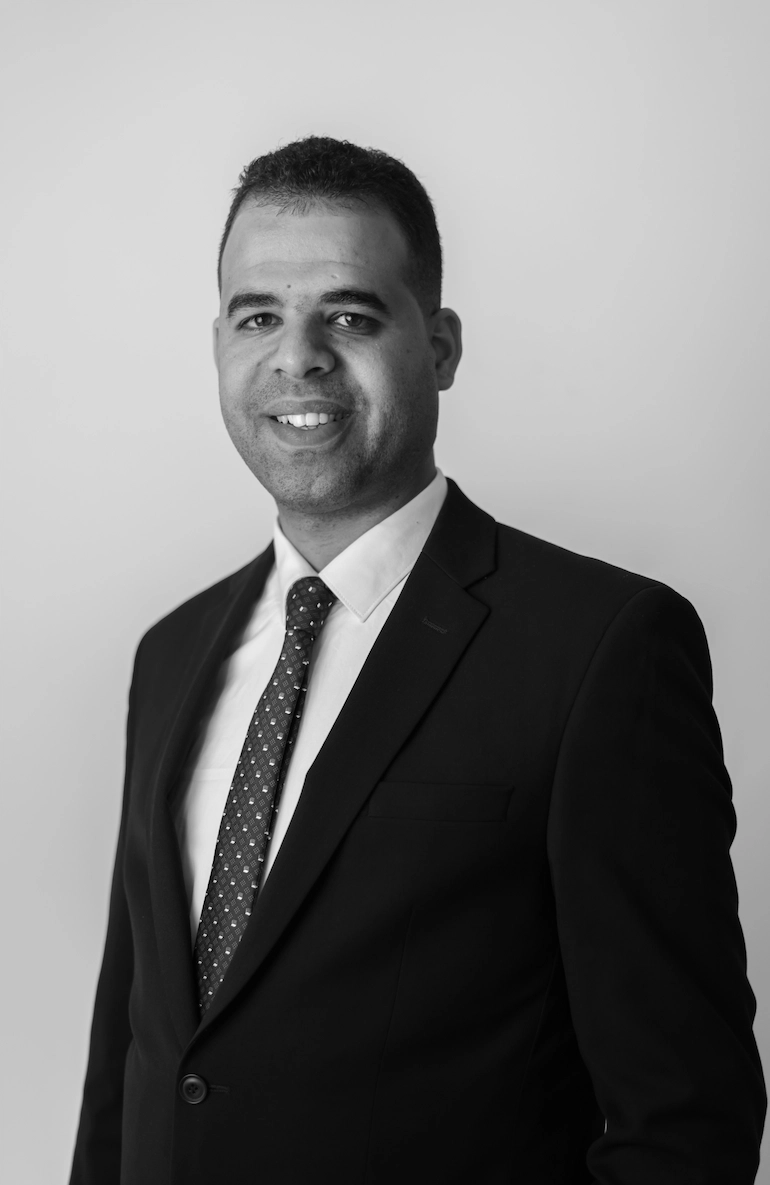
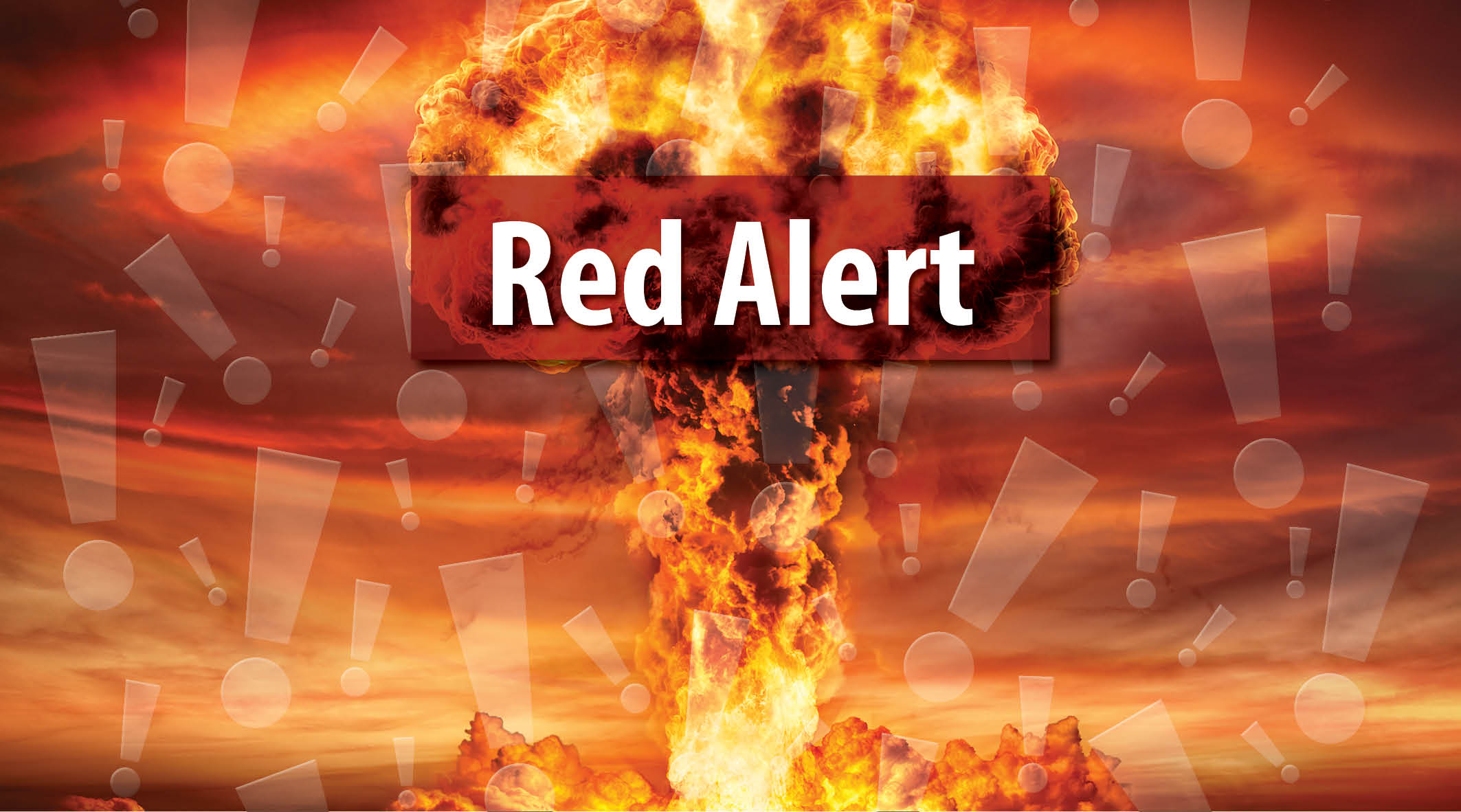
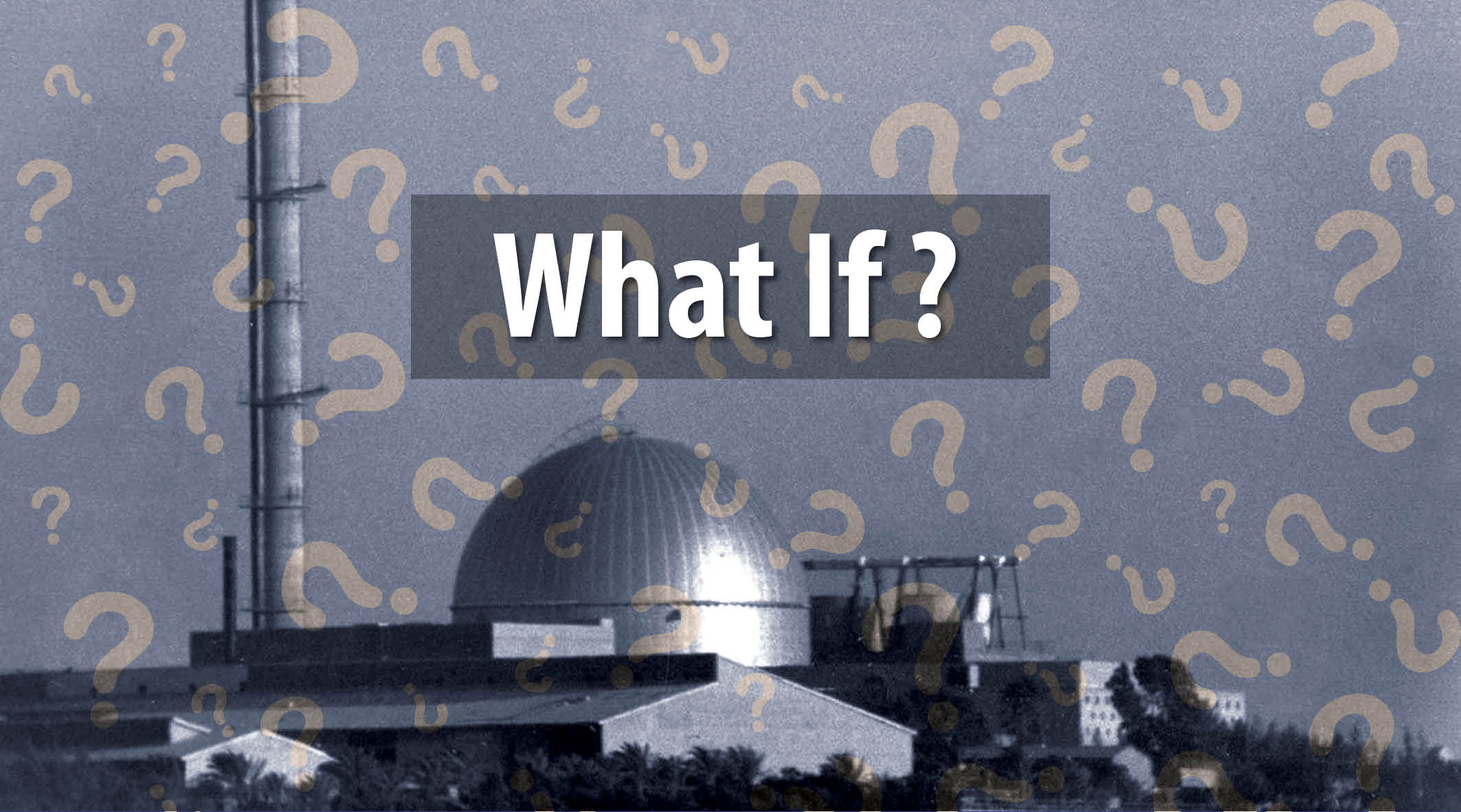
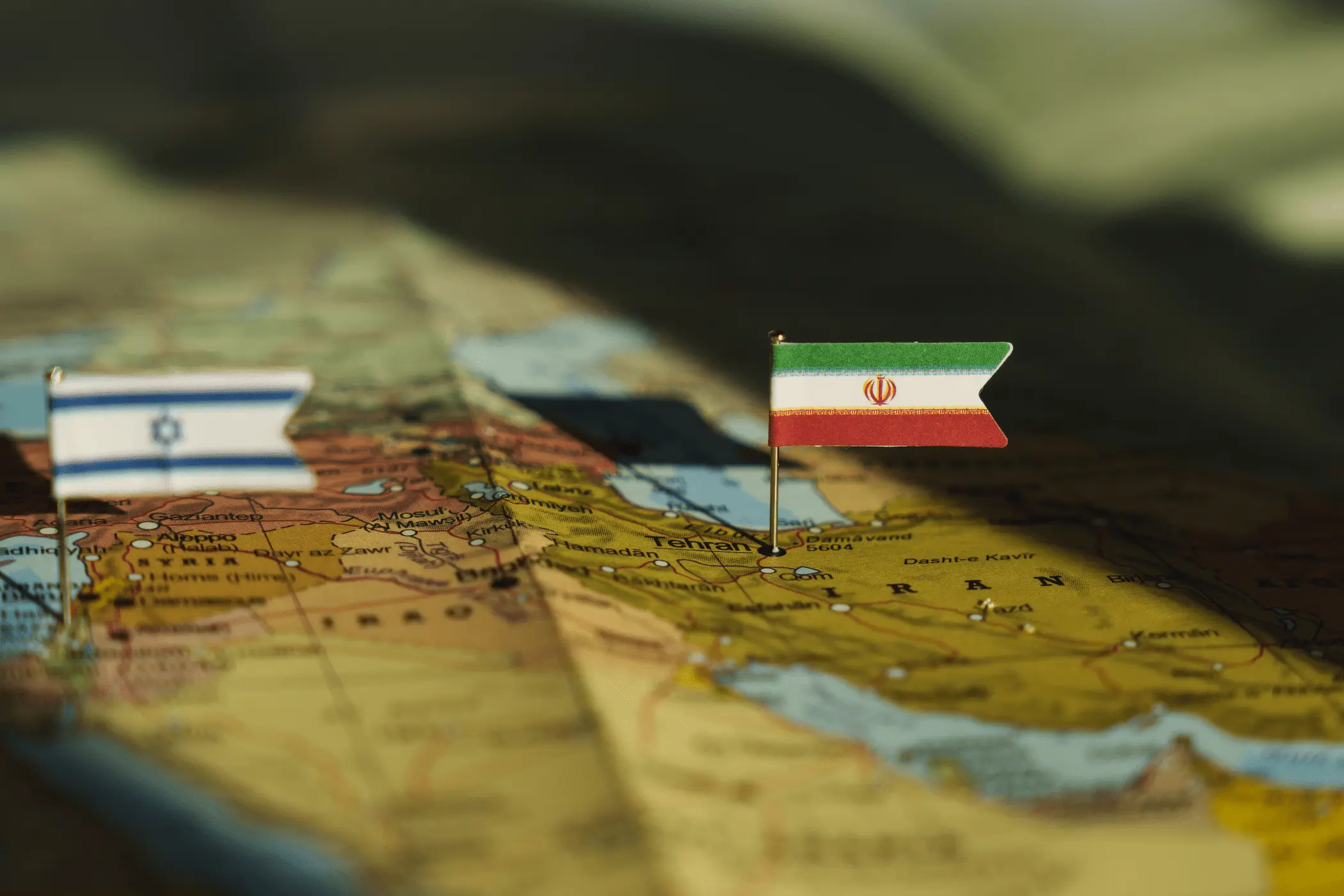
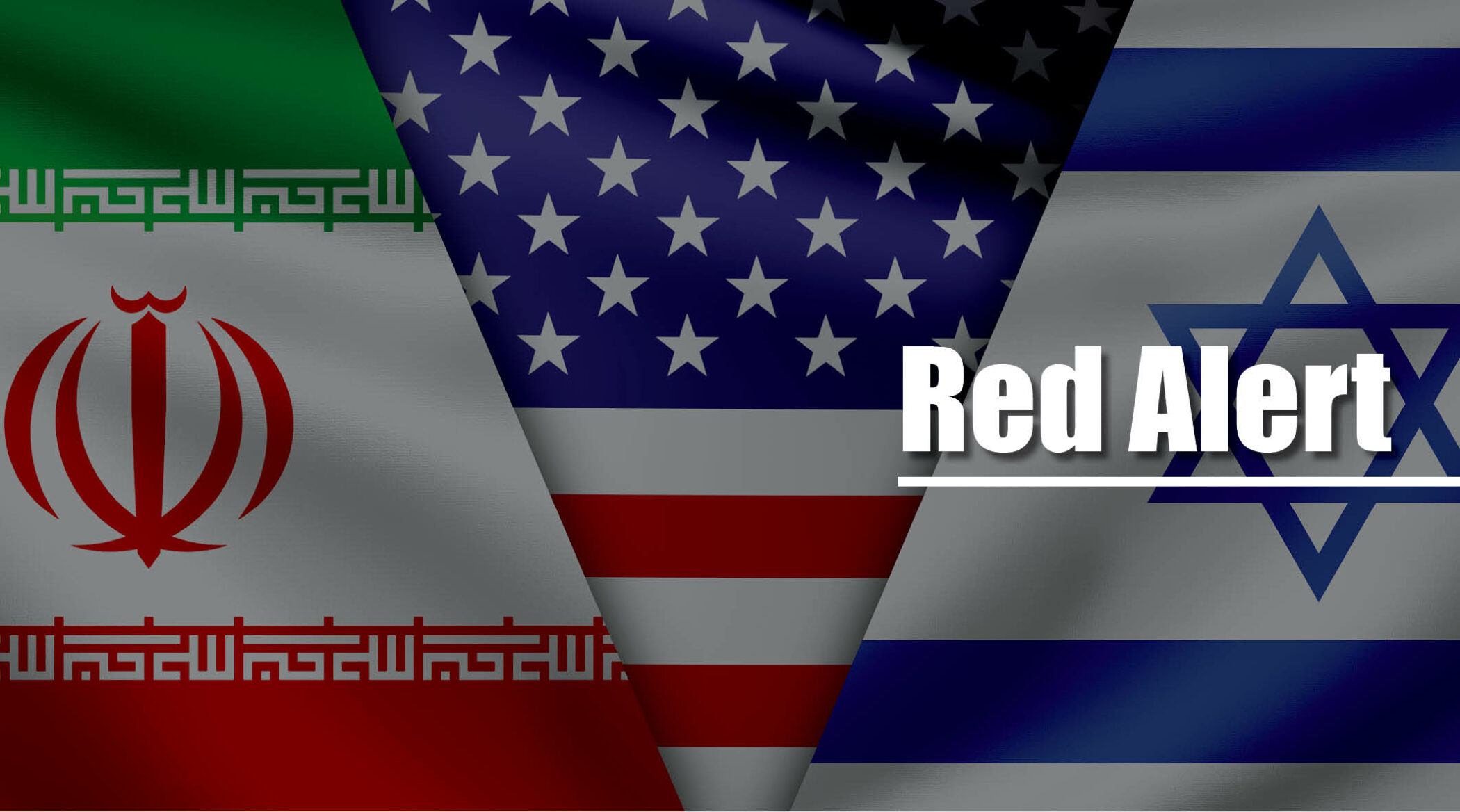
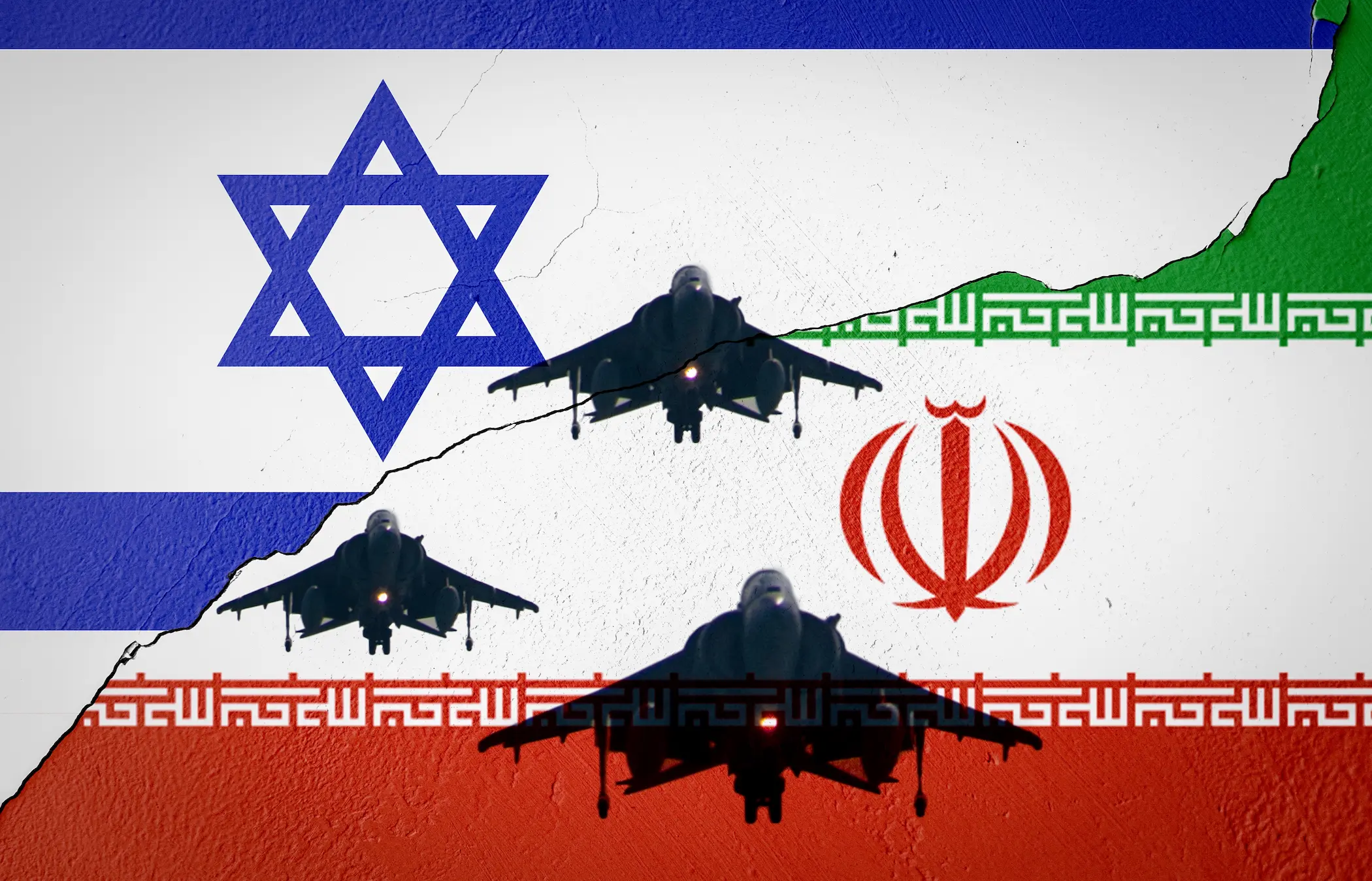
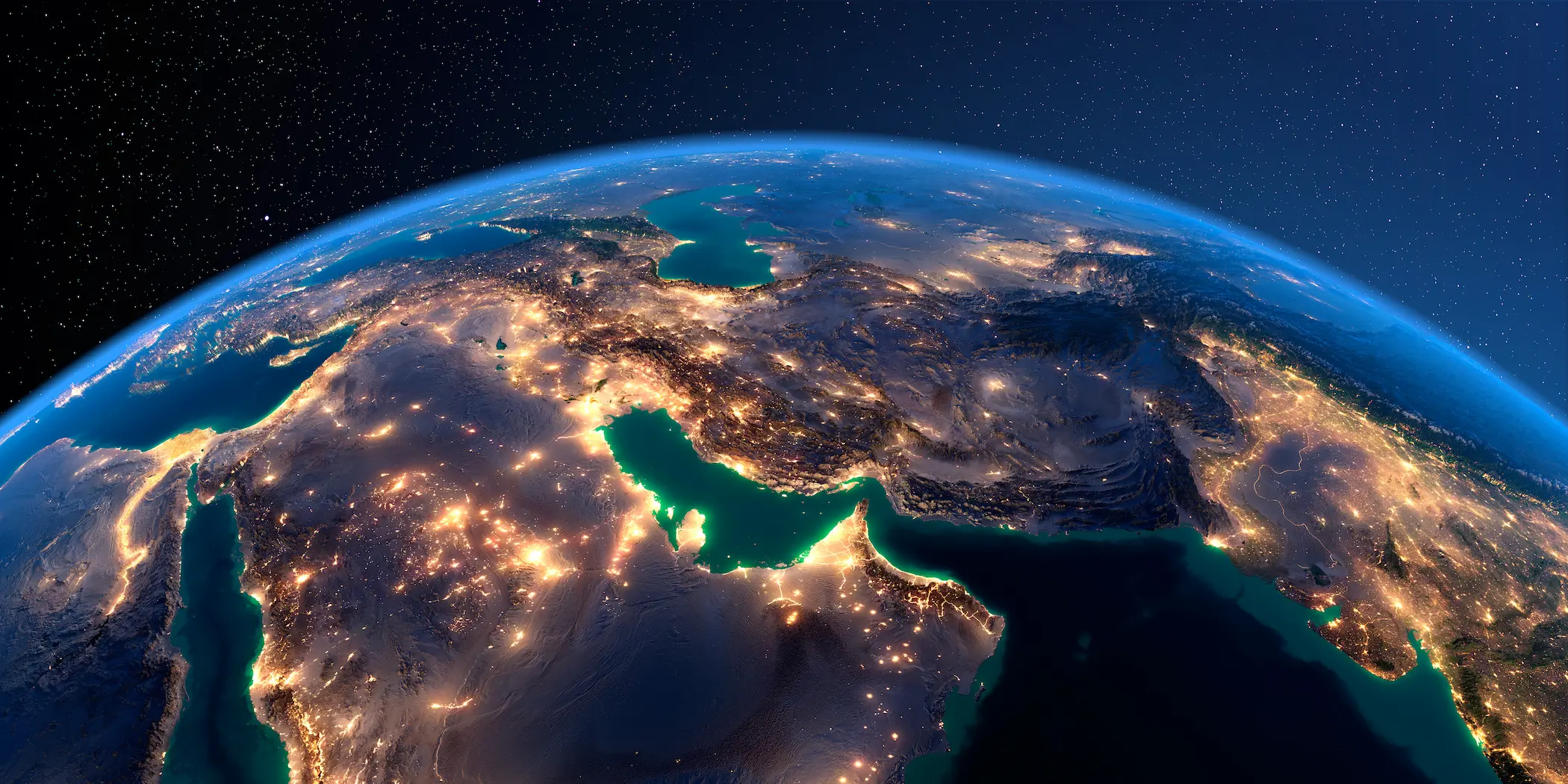
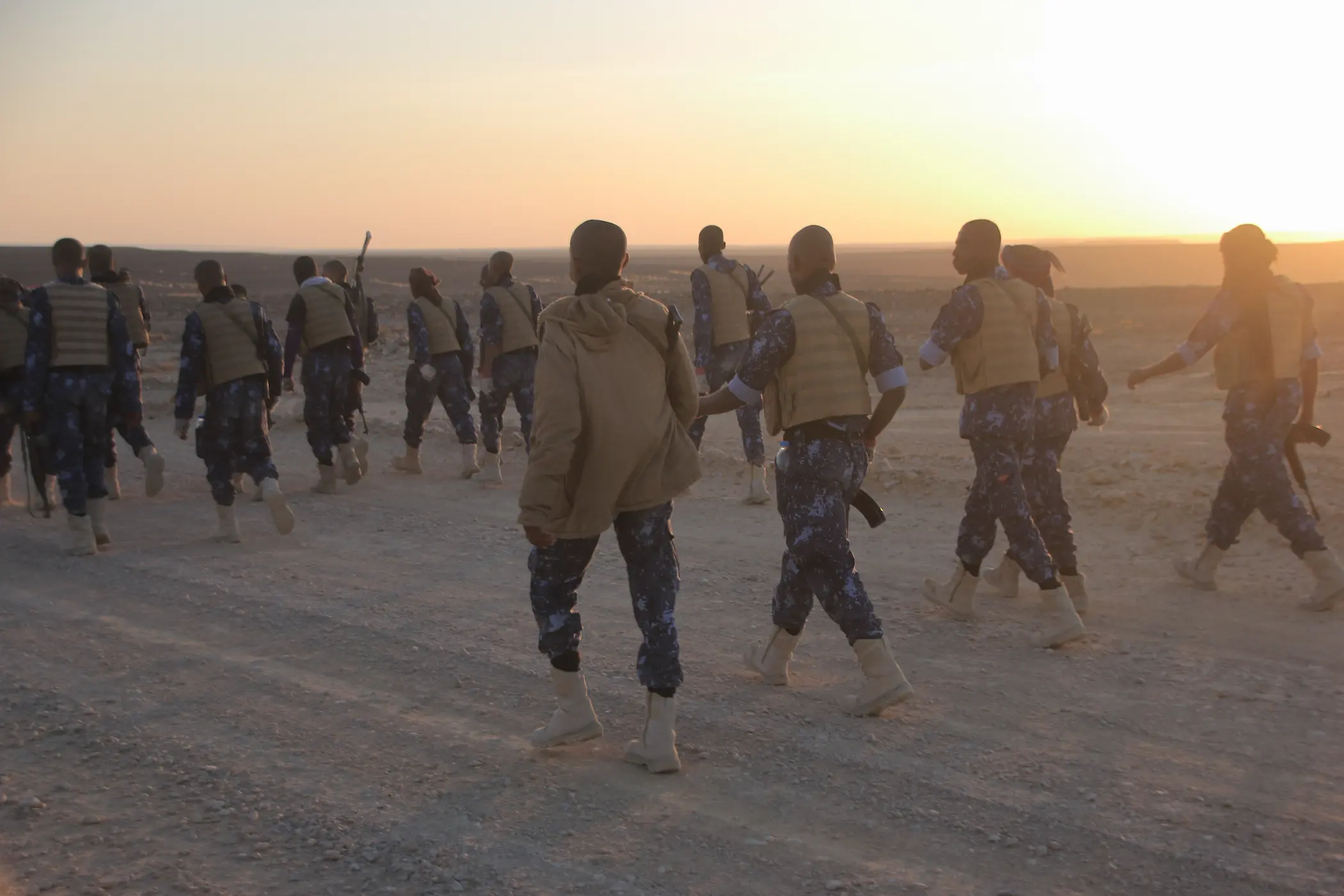
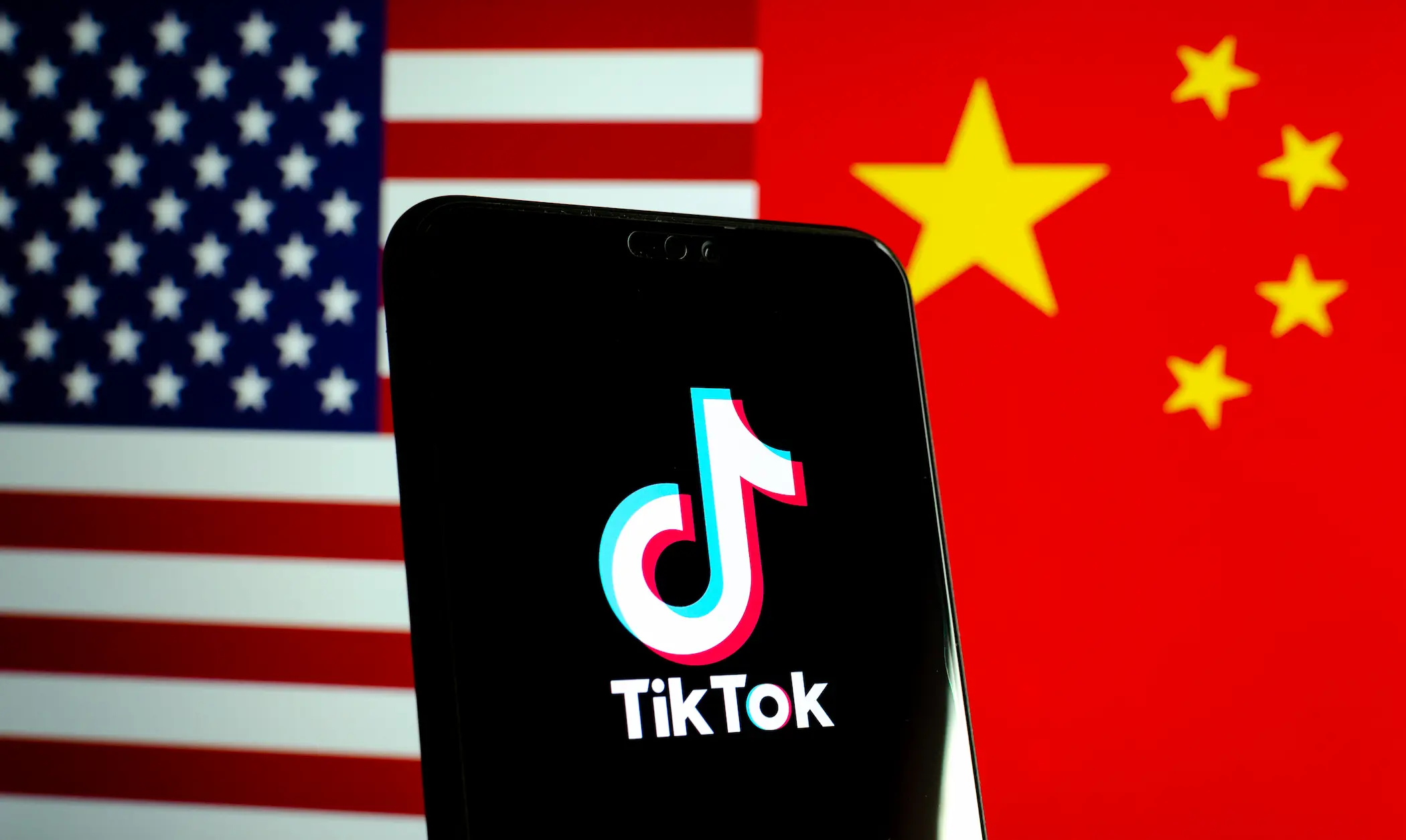
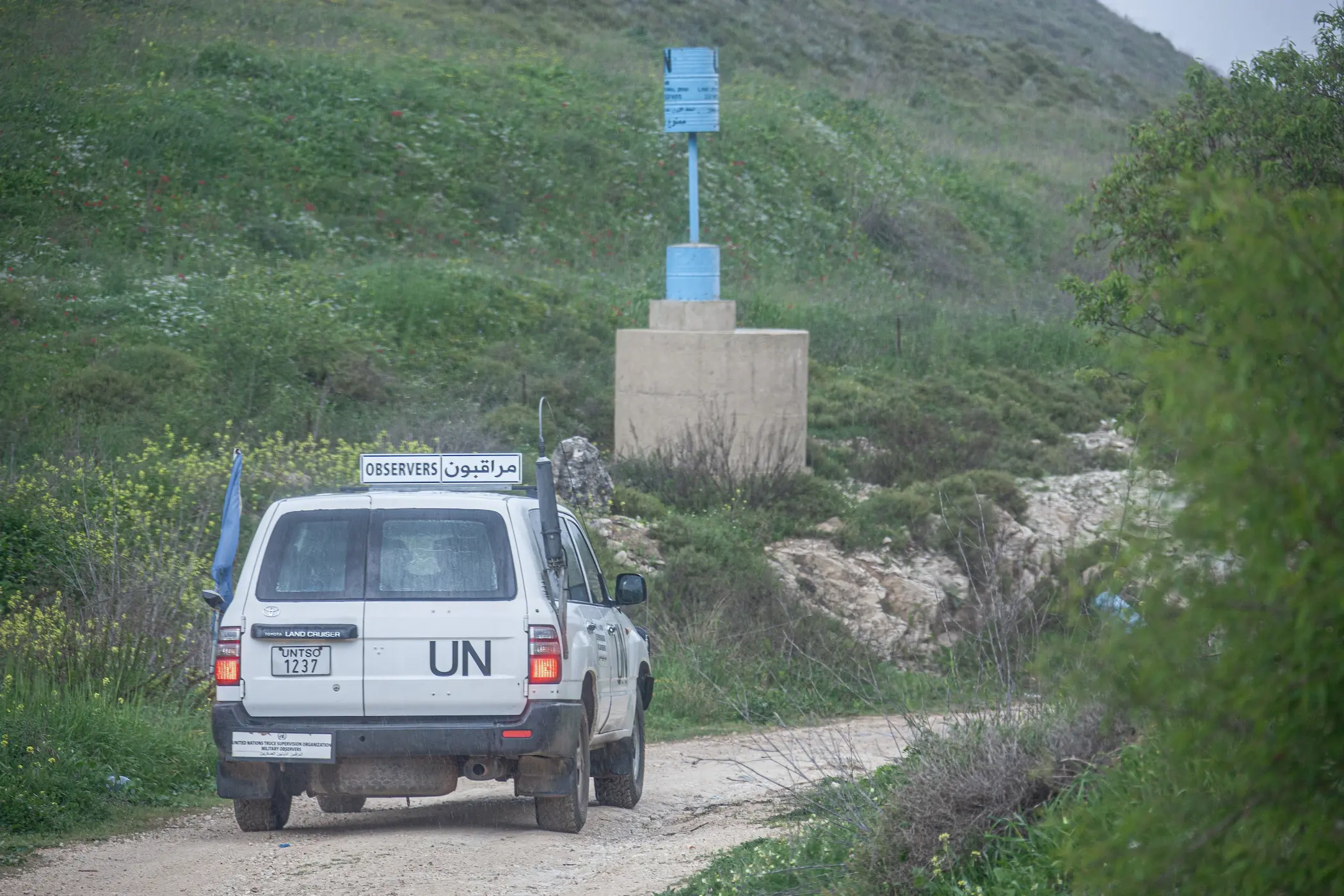




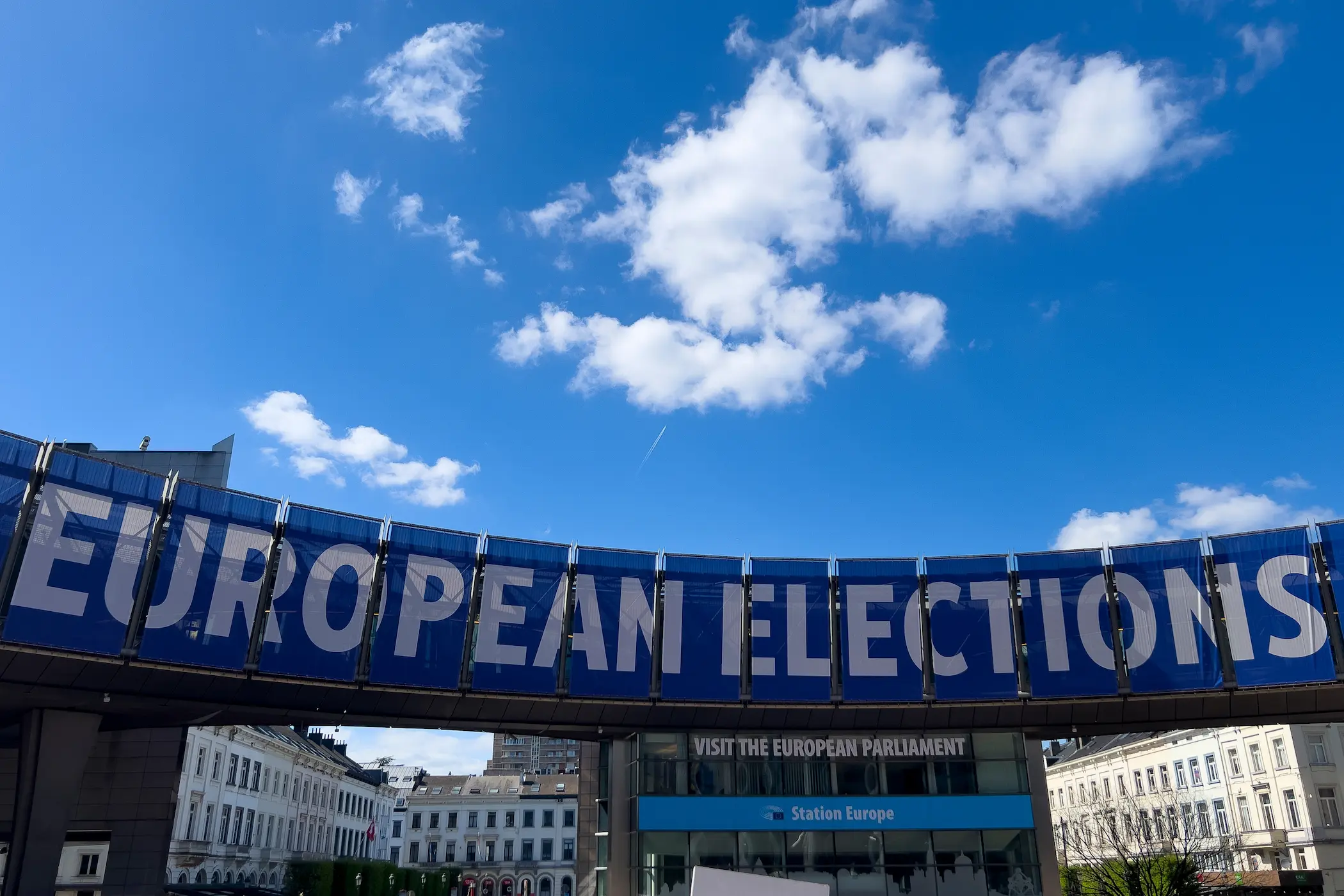
Comments